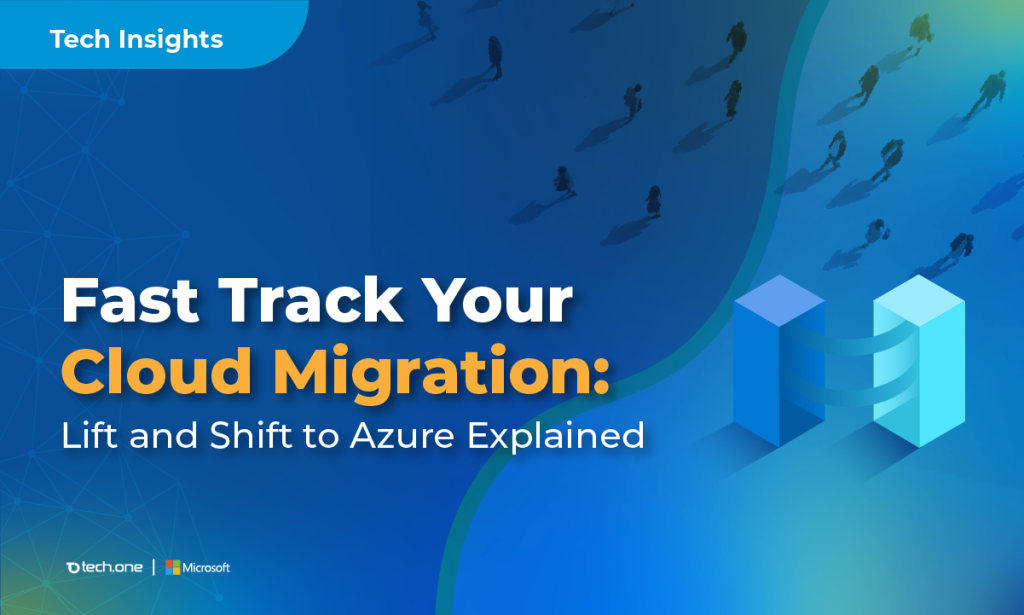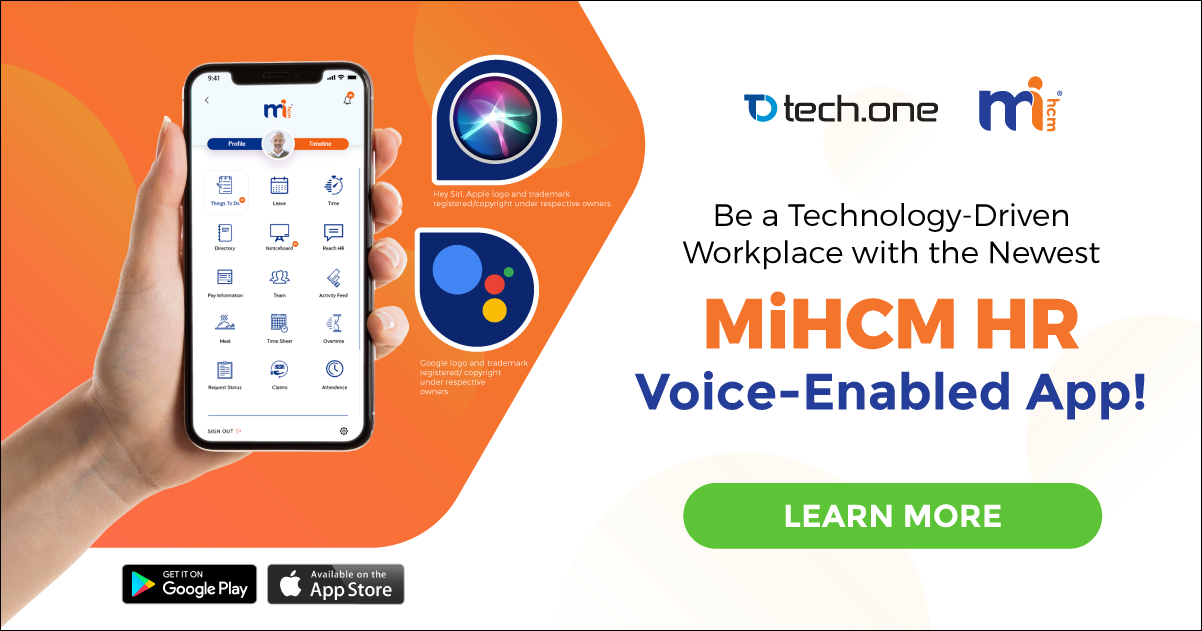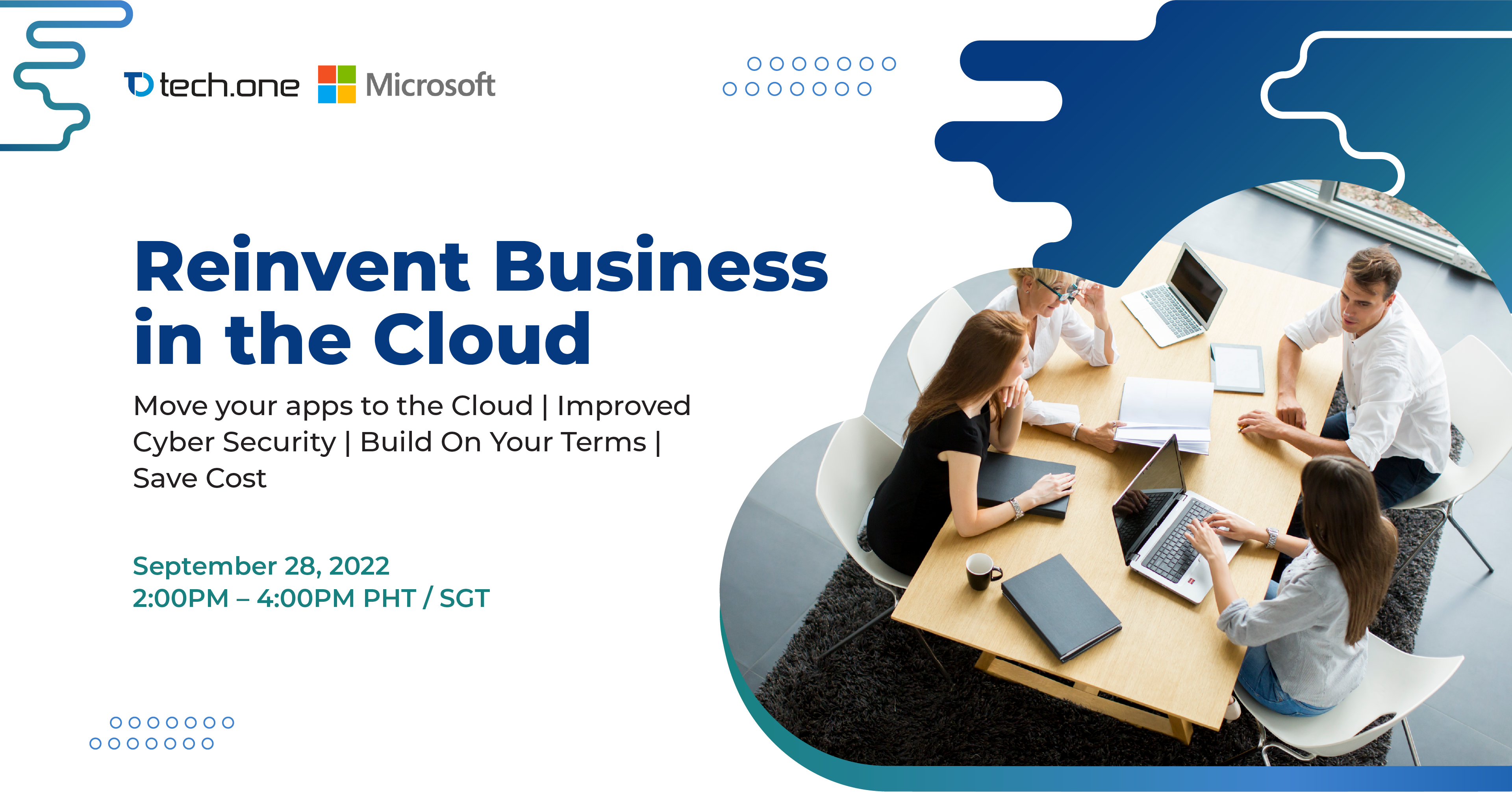
Great Deals E-Commerce Corporation Accelerates their Modern Work Journey with Tech One Global Philippines and Microsoft!
Many organizations are still grappling with aging on-premises infrastructure: rising maintenance costs, unpredictable capacity constraints, and looming hardware refresh cycles can drain budgets and slow innovation. Exiting a data center or scaling workloads to meet sudden demand often requires months of planning and capital investment.
Lift and Shift—or rehosting—offers a direct remedy. You “lift” your existing applications, servers, and data off on-premises hardware and “shift” them into a cloud environment like Microsoft Azure Virtual Machines. This bypasses lengthy code rewrites or redesigns, delivering immediate access to Microsoft Azure’s global scale, built-in security, and pay-as-you-go economics—all while preserving your current operations and minimizing downtime.
In this article, you’ll discover how “lift and shift” drives rapid cloud ROI, explore real-world scenarios, and learn key considerations to ensure a secure, cost-optimized migration.
What Is Lift & Shift?
In technical terms, lift and shift relocates on-premises workloads to the cloud without modifying their architecture or code. Imagine carefully extracting your entire server stack—operating systems, middleware, applications, and data—and replanting it into Azure Virtual Machines. Because you retain existing configurations and dependencies, testing remains straightforward, and full migrations can be completed in weeks rather than months.
When those VMs reside in Azure, they instantly benefit from:
- Global Availability Zones for built-in redundancy
- Network Security Groups and Azure Firewall for layered protection
- Pay-as-you-go pricing to convert capital expenditures into flexible operational spend
Next, let’s explore how Azure Migrate transforms this concept into a streamlined migration.
How Microsoft Azure Migrate Supports Lift & Shift
Microsoft Azure Migrate is the unified hub that orchestrates your rehosting journey:
- Intelligent Discovery & Assessment
Deploy the Azure Migrate appliance (agentless) or lightweight agents to inventory servers, apps, databases, and dependencies.
Receive “right-size” VM recommendations based on performance telemetry (CPU, memory, I/O) to optimize costs and prevent overprovisioning.
- Streamlined Server Migration
Leverage Azure Site Recovery integration for near-zero downtime replication of VMware, Hyper-V, or physical servers, keeping source systems online until cutover.
- Database Migration
Use Azure Database Migration Service to transition SQL Server, MySQL, PostgreSQL, and other databases into Azure SQL Managed Instance or VM-based SQL with minimal disruption.
- Actionable Cost Insights
Generate precise Azure spend forecasts and uncover savings opportunities—like the Azure Hybrid Benefit, which can reduce Windows Server and SQL Server VM costs by up to 85%.
Together, these capabilities make lift and shift to Azure predictable, secure, auditable, and cost-efficient.
Benefits of Microsoft Azure Lift & Shift
- Rapid Time to Value: Migrate in weeks to meet urgent data center exit deadlines or handle peak demand by leveraging tools like Azure Site Recovery, Database Migration Service, and ready-to-deploy Virtual Machines.
- Cost Predictability: Convert large CapEx investments into manageable OpEx using Azure’s pay-as-you-go model—further enhanced with Reserved Instances and Azure Hybrid Benefit.
- Minimal Operational Disruption: Preserve existing workflows and identity services (e.g., Active Directory) through seamless integration in Azure, minimizing the need for retraining or process changes.
- Enterprise-Grade Resilience & Scalability: Tap into Azure’s global infrastructure with built-in high availability, autoscaling policies, and disaster recovery capabilities that ensure business continuity.
- Foundation for Modernization: Use rehosting as a low-risk first step to future modernization—gradually shift workloads to Azure-native services while maintaining business continuity.
Key Considerations Before Migration
Before you begin your lift and shift in Azure, ensure you have:
- Performance Baselines: Record on-premises CPU, memory, and I/O metrics to select optimal VM SKUs—ensuring workloads run efficiently and cost-effectively in the cloud.
- Security & Compliance: Map existing controls to Azure’s NSGs, firewall rules, Key Vault encryption, and RBAC policies to maintain compliance with internal and industry standards.
- Dependency Mapping: Identify application interdependencies and data flows to ensure uninterrupted service delivery after migration.
- Licensing Validation: Confirm Windows Server and SQL Server license eligibility under Azure Hybrid Benefit to avoid unexpected charges and maximize entitlements.
- Cost Governance: Set up budgets and alerts using Azure Cost Management to avoid overspending and support long-term financial planning.
Application Architecture
- Monolithic Applications: Ideal for direct rehosting with minimal configuration changes, allowing faster cloud entry.
- Microservices & Distributed Systems: Require more detailed network and identity planning, API gateway setup, and alignment with modernization goals.
- Stateful Components: Elements like databases and file shares need precise cutover planning; Azure DMS and File Sync enable low-impact transitions.
Future Modernization Pathway
A phased approach maximizes cloud value:
- Right-Size & Optimize: Use Azure Advisor to fine-tune VM specs, identify idle resources, and configure storage/network settings.
- Refactor to PaaS: Migrate apps to Azure App Service or container platforms like Azure Kubernetes Service for simplified scaling and updates.
- Replatform Databases: Move from SQL VMs to Azure SQL Managed Instance to gain built-in HA and reduce maintenance overhead.
- Rearchitect Cloud-Native: Adopt microservices, Azure Functions, and event-driven designs for full agility and innovation velocity.
Scenarios: Real-World Examples of Azure Lift & Shift Migration
- Core ERP/CRM Systems
Rehosted into Azure VMs to support seasonal peaks—delivering 24/7 availability, faster performance, and operational continuity without changing code.
- File Server Modernization
Migrated to Azure Files with File Sync, improving data accessibility and preserving local performance, which enhanced user experience and collaboration.
- Cloud-Based Disaster Recover
Used Azure Site Recovery to replicate mission-critical VMs—cutting downtime from days to minutes and ensuring business continuity.
- Batch Processing Workloads
Shifted legacy analytics tasks to Azure VMs—reducing processing times by hours and gaining elasticity without code refactoring.
Limitations of Azure Lift & Shift Migration
- Limited Cloud-Native Benefits: Applications remain VM-bound and miss out on Azure’s full PaaS/serverless advantages like autoscaling and event-driven processing—reducing potential efficiency gains.
- Transferred Inefficiencies: Existing issues (e.g., outdated code, hardcoded configurations) migrate with workloads—potentially increasing cloud costs until addressed.
- Security Configuration Risks: Legacy misconfigurations (like open ports or unpatched software) are carried over—posing risks if not remediated post-migration.
- Potential for Higher TCO: Without optimization or modern architecture adoption, costs of running traditional VMs can exceed native cloud alternatives over time.
Next Steps
Migrating on-premises servers to Microsoft Azure provides a rapid path to cloud benefits — but it’s just the first step in your modernization journey. Consider partnering with a trusted cloud services provider for a strategic discussion and personalized cloud readiness assessment. Discover how expert guidance and Microsoft Azure can empower your business for unparalleled growth, resilience, and innovation.
Get in touch with our Azure experts today!







